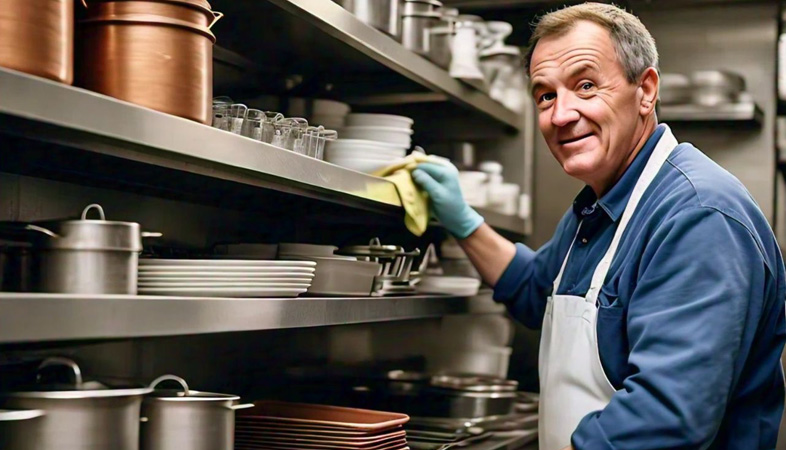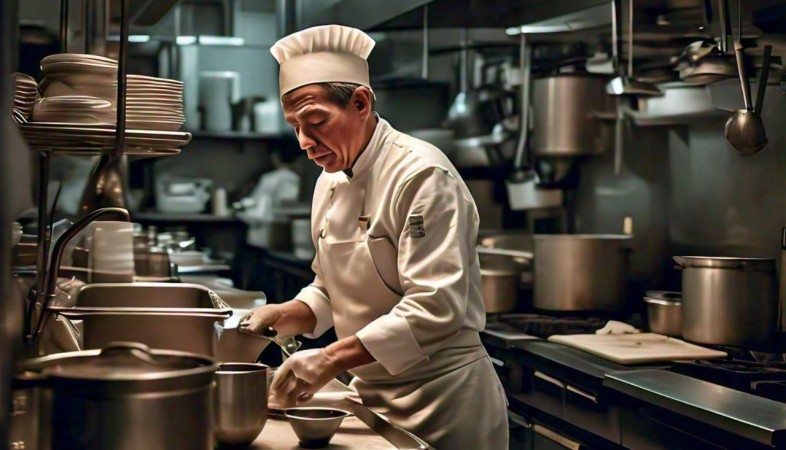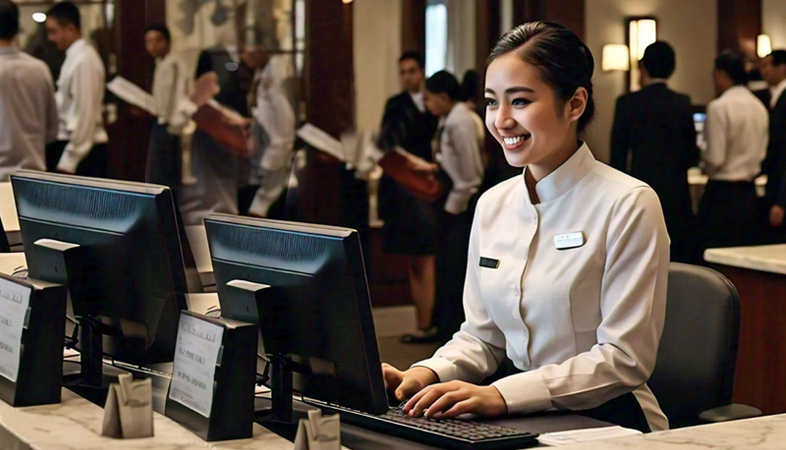Communication is Key: Coordinating Between Stewards and Culinary Staff
When both teams are in sync, the results can be seen in heightened guest satisfaction and operational excellence.
In the fast-paced world of the hospitality industry,
effective communication between stewards and culinary staff is essential for
ensuring smooth operations and delivering a memorable dining experience. The
collaboration between these two roles forms the backbone of a restaurant’s
success, impacting everything from food quality and presentation to cleanliness
and service efficiency. When both teams are in sync, the results can be seen in
heightened guest satisfaction and operational excellence.
At the core of this relationship is the shared goal of providing exceptional service. Culinary staff focus on preparing high-quality dishes, while stewards are responsible for maintaining the cleanliness and organization of the kitchen and dining areas. When these two groups communicate effectively, it creates a seamless workflow that enhances overall efficiency. For instance, when chefs can easily convey their needs for specific supplies or equipment to the stewards, it reduces delays and ensures that everything required for meal preparation is readily available.
Regular meetings and briefings can serve as a platform for both teams to align their goals and expectations. These discussions allow culinary staff to share menu changes, special events, or upcoming promotions that may require additional support from the stewards. Likewise, stewards can provide feedback on inventory levels, equipment status, and any challenges they are facing. By fostering an environment of open communication, both teams can proactively address potential issues before they escalate, ensuring that operations run smoothly.
In addition to formal meetings, day-to-day interactions are crucial for maintaining a strong working relationship. Encouraging informal communication allows for a more dynamic exchange of information. For instance, if a chef is experimenting with a new dish that requires unique plating or presentation, they can quickly communicate this to the stewards to ensure the necessary tools and materials are available. Likewise, stewards can notify chefs of any last-minute changes or special requests from guests, enabling them to adapt swiftly and maintain service quality.
Training programs that emphasize the importance of teamwork can further enhance communication between stewards and culinary staff. By participating in cross-training sessions, each group gains a better understanding of the other’s responsibilities and challenges. This shared knowledge fosters empathy and appreciation, making it easier for team members to support one another during busy shifts. For example, when culinary staff recognize the challenges stewards face during peak service hours, they may be more inclined to assist with cleaning or organizing tasks, creating a collaborative atmosphere.
Technology can also play a significant role in improving communication between stewards and culinary teams. Many modern kitchens utilize digital platforms for order management, inventory tracking, and task assignments. By integrating these tools into daily operations, both teams can stay updated in real time about inventory levels, menu changes, and specific requests. For instance, a shared digital dashboard can alert stewards when a dish has been ordered, prompting them to prepare the necessary utensils and supplies in advance. This proactive approach reduces wait times and enhances overall efficiency.
Another crucial aspect of coordination is the flow of information regarding food safety and hygiene. Both stewards and culinary staff play vital roles in ensuring that health standards are met. Regular communication about proper handling and storage practices helps maintain a safe working environment. Stewards should feel empowered to speak up if they notice any deviations from safety protocols, and chefs should encourage this feedback to foster a culture of accountability.
During high-pressure situations, such as busy service periods or large events, the need for clear and concise communication becomes even more critical. Establishing standardized procedures for relaying information can minimize misunderstandings and ensure that everyone is on the same page. For instance, using specific terminology or signals can help stewards and chefs quickly convey urgent messages without causing confusion. This clarity can make a significant difference in the speed and quality of service during peak hours.
Ultimately, the success of a restaurant relies heavily on the synergy between stewards and culinary staff. When these teams work together harmoniously, the results are reflected in every aspect of the dining experience, from the quality of the food to the cleanliness of the environment. Building strong communication channels takes time and effort, but the rewards are well worth it. By prioritizing collaboration and understanding, establishments can create a thriving environment where both stewards and culinary staff feel valued and empowered to excel in their roles.
Effective communication is the key to successful coordination between stewards and culinary staff. By fostering an atmosphere of collaboration, utilizing technology, and emphasizing the importance of teamwork, restaurants can enhance their operations and provide exceptional dining experiences for their guests. The relationship between these two teams is not just about completing tasks; it is about creating a cohesive unit that works together towards a common goal: delivering outstanding service and satisfaction to every guest who walks through the door.
.png)





























